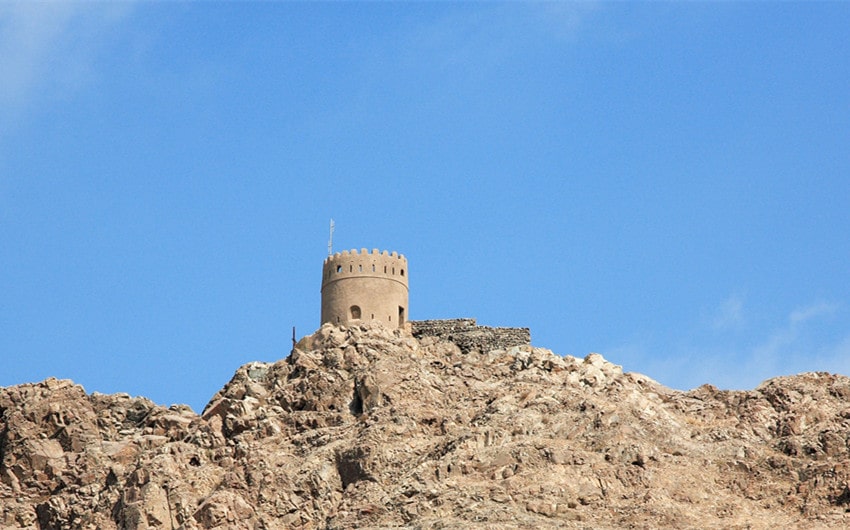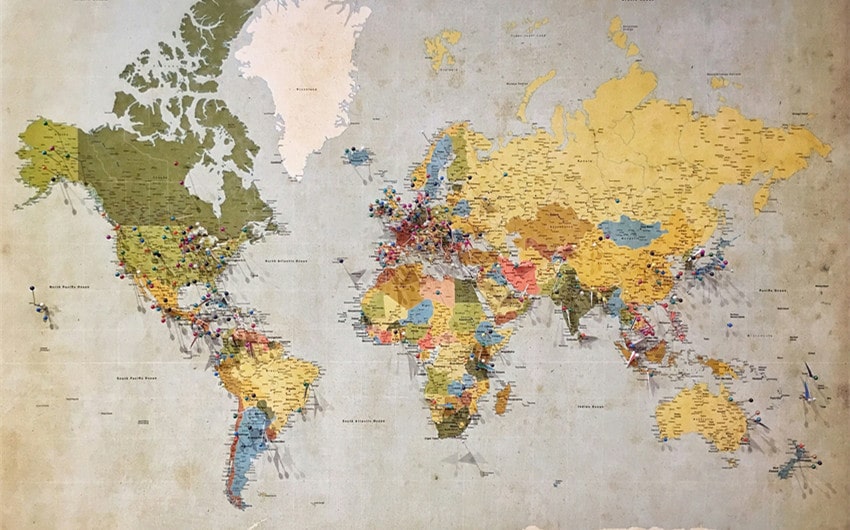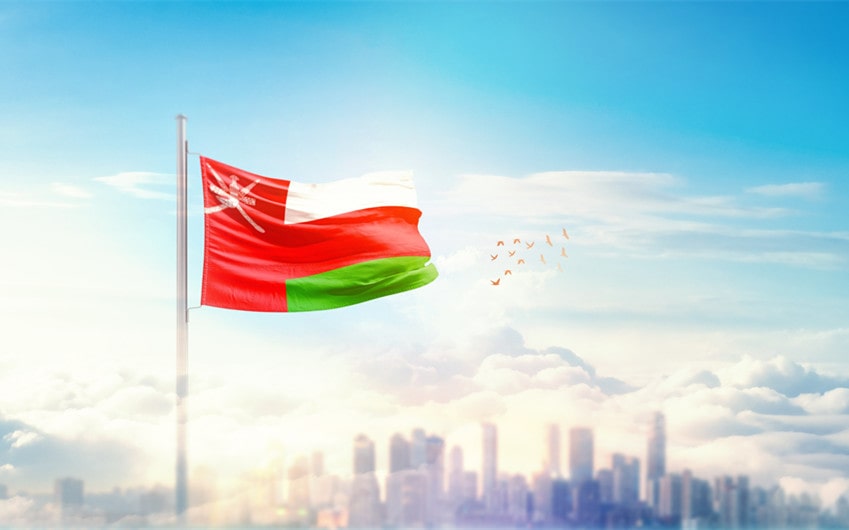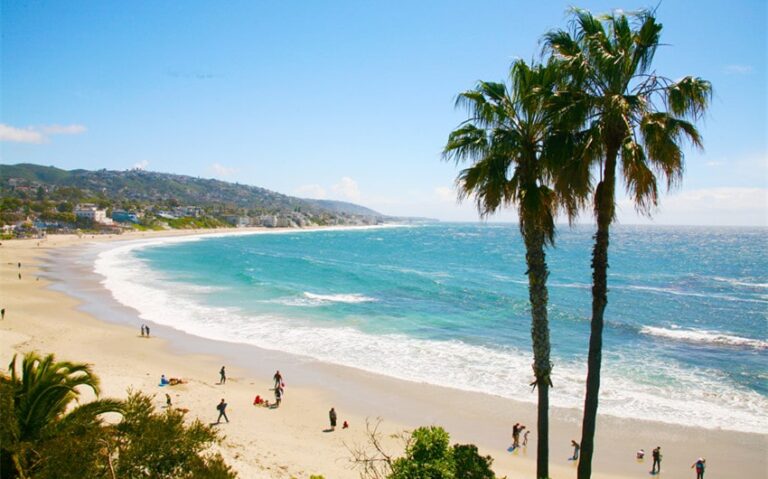Uncover Fascinating Facts About Countries That Start With O
When thinking about countries that start with “O,” you might find yourself stumped, and for good reason—there’s only one! Oman stands as the sole nation with this unique distinction, making it an interesting topic for geography enthusiasts and curious minds alike.
In this article, we’ll explore the fascinating details of Oman, from its rich cultural heritage to its stunning landscapes, while also addressing some common misconceptions about other places often mistaken for countries beginning with “O.”
Oman: A Closer Look

Oman is a country that often flies under the radar, yet it holds a unique position in the Middle East with its rich history, diverse culture, and stunning landscapes. As the only country in the world that starts with the letter “O,” Oman offers a fascinating glimpse into a region that blends tradition with modernity. Let’s take a closer look at what makes Oman such an intriguing destination.
1. Geography
Oman is located on the southeastern coast of the Arabian Peninsula, sharing borders with Saudi Arabia to the west, the United Arab Emirates to the northwest, and Yemen to the southwest.
It also has an extensive coastline along the Arabian Sea and the Gulf of Oman, which has historically made it a key player in maritime trade. The country’s geography is diverse, ranging from the vast deserts of the interior to the rugged mountains and fertile plains that stretch towards the coast.
The Hajar Mountains, which run parallel to the northern coast, are particularly notable for their dramatic landscapes and rich biodiversity. Oman’s strategic location has not only influenced its historical development but also continues to play a vital role in its economic and political significance today.
2. History
Oman’s history is deeply intertwined with its strategic location and maritime prowess. The region has been inhabited for thousands of years, with archaeological evidence suggesting that Oman was an important trading hub as far back as the third millennium BCE.
The ancient city of Sohar, often linked to the legendary Sinbad the Sailor, was one of the most prominent ports in the Indian Ocean. Over the centuries, Oman has seen the rise and fall of various empires, from the Persians and the Portuguese to the Ottomans. In the 18th century, Oman emerged as a powerful maritime empire under the Al Said dynasty, which still rules today.
The empire extended its influence to East Africa, particularly Zanzibar, which served as a significant trade outpost. Oman’s rich history is reflected in its numerous forts, castles, and archaeological sites that dot the landscape, each telling a story of its past.
3. Culture
Omani culture is a blend of Arab, Persian, African, and Indian influences, reflecting the country’s long history of trade and interaction with various civilizations. The people of Oman are known for their hospitality and the preservation of traditional customs, which are still evident in everyday life.
The Omani dress, for example, is a symbol of the country’s cultural heritage, with men typically wearing the dishdasha, a long white robe, and women donning brightly colored dresses and headscarves. Arabic is the official language, and Islam, specifically the Ibadi sect, is the predominant religion, which plays a central role in Omani society.
Omanis celebrate various cultural festivals throughout the year, such as the Muscat Festival, which showcases traditional music, dance, and crafts. The country’s rich oral tradition, including poetry and storytelling, remains a vital part of its cultural identity.
4. Economy
Oman’s economy has traditionally been based on agriculture, fishing, and trade, but in the 20th century, it transformed with the discovery of oil. Oil and gas now play a crucial role in the country’s economy, accounting for a significant portion of government revenue and exports.
However, the Omani government has been proactive in diversifying the economy to reduce dependency on oil. Initiatives under Vision 2040, the country’s long-term development plan, aim to boost sectors such as tourism, manufacturing, logistics, and renewable energy.
Agriculture remains important, particularly in the cultivation of dates, limes, and frankincense, the latter of which has been traded from Oman for thousands of years. Additionally, Oman’s fishing industry is one of the oldest in the world, contributing to both the local economy and international trade.
5. Tourism
Oman is increasingly becoming a sought-after tourist destination, known for its unspoiled natural beauty and rich cultural heritage. The country offers a wide range of attractions, from the pristine beaches of Salalah to the ancient forts of Nizwa.
Nature lovers can explore the Wahiba Sands, a vast desert with towering sand dunes, or the Green Mountains (Al Jabal Al Akhdar), which are famous for their terraced farms and cool climate. Oman’s capital, Muscat, is a vibrant city that blends the old and new, with landmarks like the Sultan Qaboos Grand Mosque and the Royal Opera House standing alongside traditional souks and markets.
The country is also known for its hospitality, offering visitors a chance to experience authentic Omani culture through traditional food, music, and festivals. Adventure tourism is on the rise, with activities such as trekking, diving, and sandboarding attracting thrill-seekers from around the world.
Common Misconceptions

When it comes to identifying countries that start with the letter “O,” several common misconceptions often arise. These misunderstandings typically involve confusion between countries, regions, cities, and other entities. Let’s break down these misconceptions to provide clarity.
1. Misidentified Regions and Cities
A frequent source of confusion is the misidentification of cities or regions as countries.
- Oslo: Many people mistakenly believe Oslo, the capital of Norway, to be a country. Oslo’s prominence as a major global city often leads to this error, but it is important to remember that Oslo is a city, not a sovereign nation. It is the political and economic center of Norway, a country in Northern Europe.
- Ontario: Another common mistake involves Ontario, which is one of Canada’s provinces. Due to Ontario’s large size and economic significance, some might assume it is a country. However, Ontario is a provincial entity within Canada, not an independent nation.
2. Confusion with Oceania
Another common source of confusion is the term Oceania. Oceania is a vast region that includes numerous countries and territories scattered across the Pacific Ocean, such as Australia, New Zealand, Fiji, and Papua New Guinea. However, Oceania itself is not a country; it is a geographical and cultural region. The term is sometimes mistakenly used by people who are unfamiliar with the distinction between regions and countries. This can lead to the incorrect assumption that Oceania is a single country rather than a collection of diverse nations and territories.
The confusion can also stem from the fact that Oceania encompasses a wide range of islands and archipelagos, each with its own unique identity and governance. While Oceania is home to many countries, the region itself does not have a centralized government or unified political structure, further emphasizing that it is not a country.
3. Overlooking Oman
Interestingly, one of the most significant misconceptions involves the only actual country that starts with the letter “O”: Oman. Due to its relative obscurity in global headlines compared to other Middle Eastern countries like Saudi Arabia, the UAE, or Qatar, Oman is often overlooked or forgotten when people try to list countries beginning with “O.” This oversight can be attributed to Oman’s more reserved presence on the world stage, as it is a nation known for its diplomacy and neutrality rather than for making international news.
Oman’s strategic location on the Arabian Peninsula and its rich history should make it a more prominent part of discussions about the region, but many people still miss it when thinking of countries that start with “O.” This common oversight underscores the importance of greater awareness and understanding of lesser-known nations that play significant roles in their regions.
4. Confusion with Non-Sovereign Entities
There is also confusion between countries and non-sovereign entities, which are sometimes mistakenly thought to be independent nations.
- Oviedo: Oviedo is a city in northern Spain, known for its historical and cultural significance. However, it is not a country but a city within Spain. Some may mistake it for a country due to its prominence within the region.
- Orkney: Similarly, Orkney is an archipelago in Scotland, rich in history and archaeological sites. Despite its distinct identity, Orkney is part of the United Kingdom, not an independent country.
- Ottoman Empire: Historical regions like the Ottoman Empire, which no longer exist as independent entities, can also cause confusion. The Ottoman Empire was a vast and powerful empire that controlled large parts of Southeast Europe, Western Asia, and North Africa until its dissolution after World War I. Sometimes, remnants of historical knowledge lead to the mistaken belief that such former empires or regions are still recognized as countries today.
5. Language and Translation Issues
Language and translation can also contribute to misconceptions about countries that start with “O.” For example, in some languages, the names of certain countries may be transliterated or translated in a way that causes confusion. A country that begins with a different letter in English might start with “O” in another language, leading to misunderstandings among people who speak or are familiar with multiple languages.
For instance, the country known as Austria in English is Österreich in German, which starts with an “O.” This difference in spelling can lead to confusion, especially among those who are multilingual or those learning about global geography through different languages. Such language-based discrepancies highlight the importance of context and careful consideration when discussing global geography.
Why So Few Countries Start with O

The scarcity of countries that start with the letter “O” is an intriguing phenomenon in global geography. This rarity can be attributed to a combination of linguistic, historical, and geopolitical factors. Understanding these factors can provide valuable insights into the patterns of how countries are named and why certain letters are less common as initials for country names.
1. Linguistic Factors
Language plays a significant role in the naming of countries, and this is a primary reason why so few countries start with the letter “O.” Many languages around the world do not commonly use “O” as the initial letter for place names, particularly for names that evolve into country names. The structure and phonetic preferences of different languages often favor other letters, leading to the underrepresentation of “O” in the names of nations.
Phonetics and Language Roots: In many languages, the letter “O” is more commonly found in the middle or end of words rather than at the beginning. This is especially true in languages with roots in Latin, Germanic, or Slavic traditions. For example, in Romance languages like Spanish and Italian, as well as in German, words typically begin with consonants or other vowels like “A” or “E.” The use of “O” at the start of a word is less frequent, resulting in fewer place names that could evolve into country names.
Historical Naming Conventions: Historically, the names of countries often derive from the names of tribes, regions, or significant geographical features. These names are often rooted in ancient languages where “O” was not a common initial sound. As a result, fewer countries have emerged with names starting with this letter. For instance, many countries in Europe and Asia are named after ancient tribes or cities whose names do not begin with “O,” thus perpetuating the rarity of this letter as a country initial.
2. Geopolitical Considerations
The development of nation-states and their naming conventions also contribute to the scarcity of countries that start with “O.” The process of nation formation often involves naming a country after a dominant cultural or ethnic group, a significant geographical feature, or a historical event. These names are rarely created in isolation; they are influenced by existing linguistic and cultural traditions, which typically do not favor “O” as an initial letter.
Colonial Influence: During the era of colonization, many countries were named or renamed by colonial powers. These names were often derived from the languages and naming conventions of the colonizers, which did not commonly use “O” as the starting letter for place names. For example, many African and Asian countries were named by European powers, and the names given often reflected European linguistic patterns, further reducing the likelihood of “O” being used.
National Identity and Independence: When countries gained independence, they often chose names that reflected their cultural heritage, indigenous languages, or significant historical events. These names were typically rooted in the local language or were chosen to honor historical figures or events significant to the nation’s identity. As with colonial names, the linguistic traditions of these regions often did not favor “O” as an initial letter, contributing to its rarity among country names.
3. Cultural and Historical Influences
Cultural and historical influences also play a critical role in why so few countries start with “O.” The names of countries are often deeply tied to the cultural and historical narratives of the people who inhabit them. These narratives are shaped by a variety of factors, including religion, mythology, and historical events, all of which influence the choice of a country’s name.
Religious and Mythological Roots: In many parts of the world, country names have religious or mythological origins. For example, countries like Israel and India have names deeply rooted in religious traditions and mythological stories. These stories often use specific linguistic patterns that favor certain letters over others. The letter “O” is not commonly used in the beginning of these names, as it does not typically appear as an initial in many religious or mythological contexts.
Historical Events and Leaders: Some countries are named after significant historical events or leaders. For example, the United States of America is named after Amerigo Vespucci, and Bolivia is named after Simon Bolivar. These names, derived from personal names or significant events, do not typically start with the letter “O.” The lack of prominent historical figures or events associated with the letter “O” further limits the number of countries with names that start with this letter.
4. Geographical and Environmental Factors
Geographical and environmental features also influence the naming of countries. Many countries are named after prominent geographical features such as rivers, mountains, or regions that were significant to the people living there. These natural features are often named using local languages, which, as previously mentioned, may not favor “O” as an initial letter.
Geographical Naming Conventions: In many cultures, geographical names are descriptive, often referring to the landscape, climate, or natural resources of the area. For example, the name “Iceland” refers to the country’s icy landscape, and “Greenland” was named (perhaps ironically) to reflect its environment. The letter “O” is less commonly used in these descriptive names, which contributes to its scarcity as the first letter in country names.
Environmental and Regional Naming: In regions where the environment plays a crucial role in daily life, country names are often derived from words that describe the land or its features. In many cases, these descriptive terms do not start with “O,” which is another reason why so few countries have names that begin with this letter. This trend can be seen in both ancient and modern naming conventions, where the letter “O” is rarely used at the beginning of geographical names.


